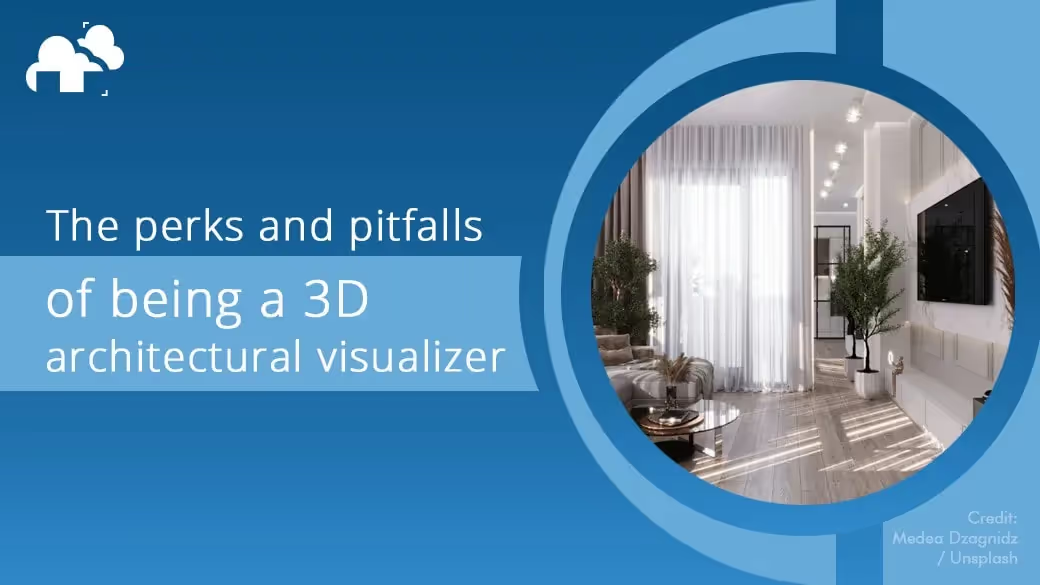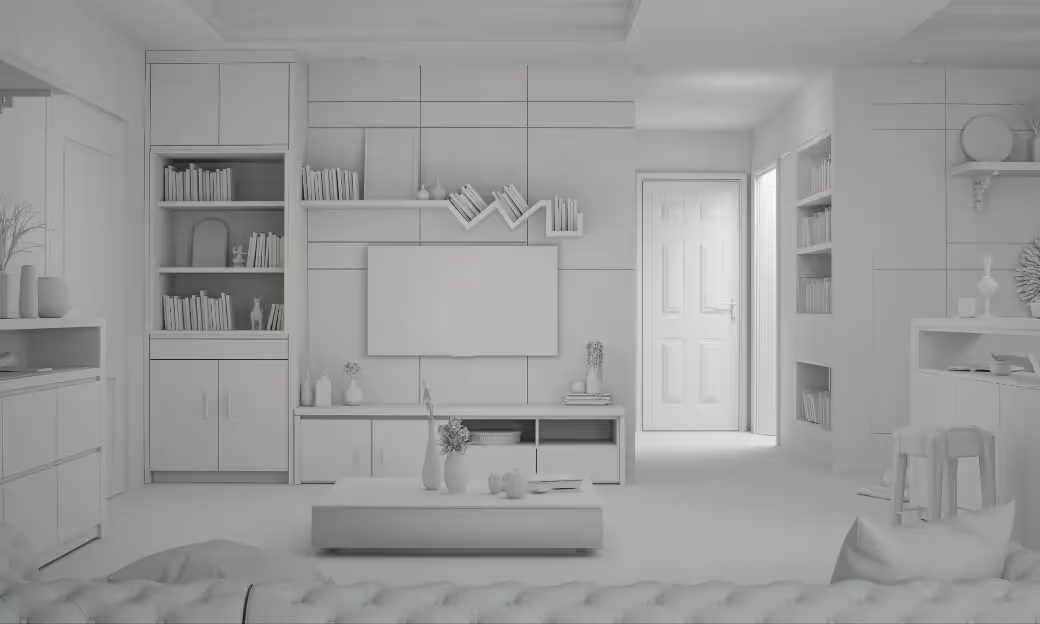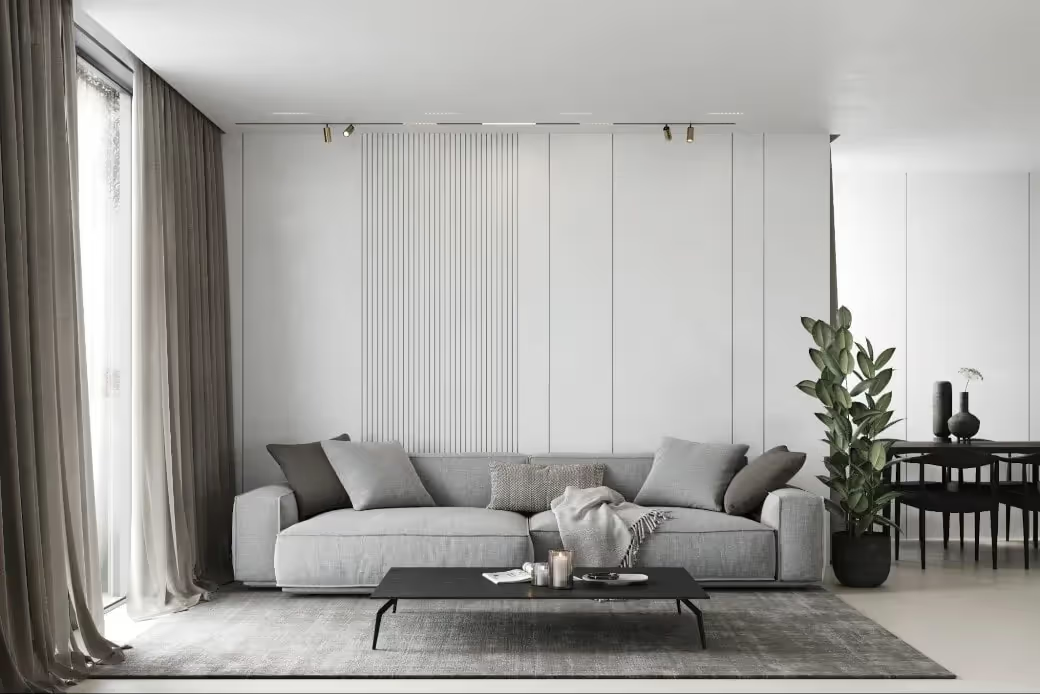
by Johnson Martin
Being a 3D artist can be one of the best occupations out there — a perfect mixture of creativity and technical work. The industry is constantly changing, keeping veteran artists interested and opening doors for new artists to find their place.
However, working in the 3D industry also can be challenging. The job's demands can take a toll on even the best artists… I've worked as a professional 3D artist for the past ten years, working as everything from a 3D architecture visualizer to my current role as a 3D creature artist. Not every day has been inspiring, nor can I say I haven't considered leaving the industry at some point in my career. But, like many artists, passion has driven my career. I love logging on to work on new projects in 3D and creating incredible images using little more than a computer. Clicking render to have a photo-real image appear that I created gives a tangible satisfaction that no other jobs have provided me. In this article, I'll look at both sides of the job: the perks and the pitfalls. I hope to give an honest picture of life in the CG arts and 3D architecture visualization industry.
If you are looking to get into the industry and have yet to check out our render farm services, we offer $50 of free render credits to artists new to our platform. Feel free to check us out and start rendering for free. A low-cost rendering service, especially for new artists taking on work, is essential for diverging work in a timely manner without owning your own high-end rendering equipment.
One of the greatest perks of being a 3D architecture visualizer is that there are always new tools and workflows to learn. The fast-paced evolution of 3D software and tools helps the job to always feel fresh and exciting. For example, recent improvements in real-time rendering with Unreal Engine have allowed me to explore new ways to develop and render both new and old projects interactively. Other tools like 3D scanned assets and instancing tools have allowed freelance artists to realize incredible scenes that would have taken entire teams to create in the past. Taking advantage of these cutting-edge technologies as an artist has excellent value and provides a sense of empowerment for reaching artistic pursuits.

The pace of the industry also brings along constant room for improvement for eager artists. Whether learning python scripting, improving your artistic style, or using a new tool, no matter what you do as a 3D architecture visualizer, there are always ways to improve your work. The opportunities allow artists to gain self-satisfaction while also meeting career goals.
Apart from personal aspirations, the career benefits that archviz brings are also very attractive. More than ever, 3D is creeping into every industry bringing more jobs to the field and new ways for artists in the industry to explore their interests. While still competitive (more on that later), new jobs in AR, machine learning, and 3D architecture visualization, in general, lend to more job security than many other 3D or creative jobs in VFX or product design.

Since the covid-19 pandemic, remote work has become the new normal for many, including those working in 3D architecture visualization. This can also be a huge perk for those in the industry. Because archviz projects tend to have smaller teams and already relied heavily on outside freelancers before the pandemic, virtual collaboration is now a vital aspect of many archviz studios. This can help artists find a better work/life balance and eliminate the costs and time of a commute. Personally, I’ve worked my entire career in the 3D industry remotely.
As you can see, working as a 3D architecture visualizer can have many perks, but that doesn't mean the career is accessible or even always desirable for some. Burnout is real and far too familiar in the industry that we'd often like to admit. The repetitive nature of many architectural projects can leave artists feeling underutilized, especially if deadlines are too tight to fully explore a project creatively. The portfolios of top 3D architecture visualizers and firms often portray a wealth of exciting and diverse projects. Yet, the truth is that many projects will feel dull unless you have the reputation and client base to be picky about the work you choose to do. Especially as an entry-level artist, it can be a disappointment to be stuck working on yet another office complex visualization.

Competition among 3D artists is also fiercer than ever. In the past, technical expertise alone could land a lucrative job in archviz. But as tools have developed and the barrier of entry has lowered, more entry-level artists are looking for work than ever. Ideal candidates for even non-senior positions are expected to have high technical and creative experience in many disciplines and a robust portfolio of work. Jobs require experience in artistic principles, modeling, lighting, scripting, and even animation. And with lower budgets and more tools to automate workflows, many studios and freelancers are expected to complete major projects with smaller teams and faster deadlines.

Lastly, those who already have strong careers as architecture visualizers face higher and higher expectations of speed and ability. The flip side of a growing industry is that studios are taking on more work, placing more pressure on their teams. As I mentioned, burnout is a real concern for artists working in architecture visualization. Competition and a work-first culture lead many creatives to develop adversarial relationships with their work. Passion and drive are often used as ammunition for studios and clients to push artists past reasonable expectations and deadlines. Obviously, these concerns don't apply to all studios or freelancers, but the concern is worth being aware of.
The demands and challenges of working in architecture visualization are real. However, as long as you have a passion for what you do, the pitfalls are worth the perks of being a 3D artist and 3D architecture visualizer. Few things are more satisfying than sending your final renders to be used and published. Further, as long as you maintain a healthy relationship with your work, it can be one of the most enjoyable day-to-day jobs. Working on modeling one day to lighting and writing scripts the next day offers variation and room for growth at almost every turn.